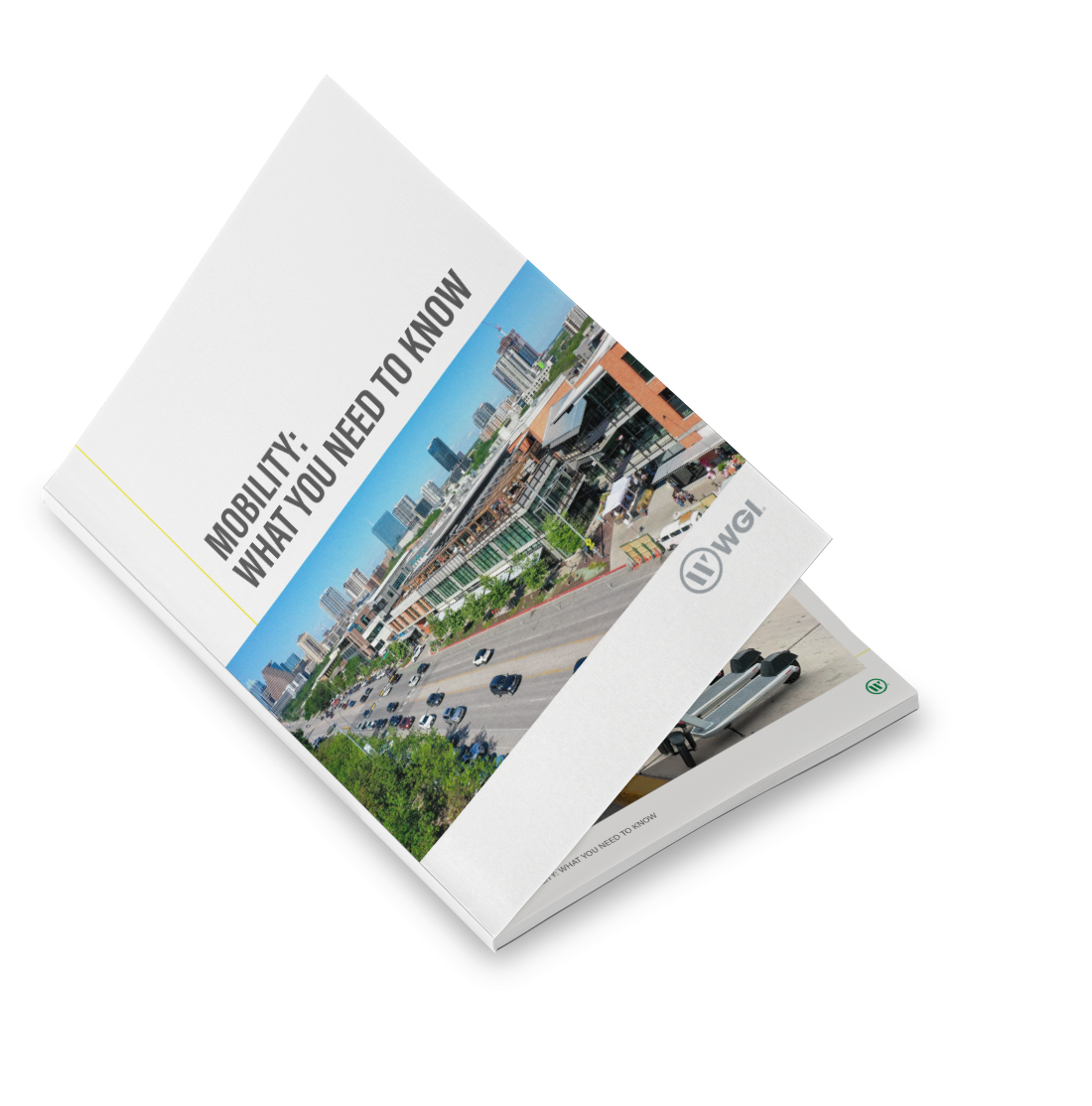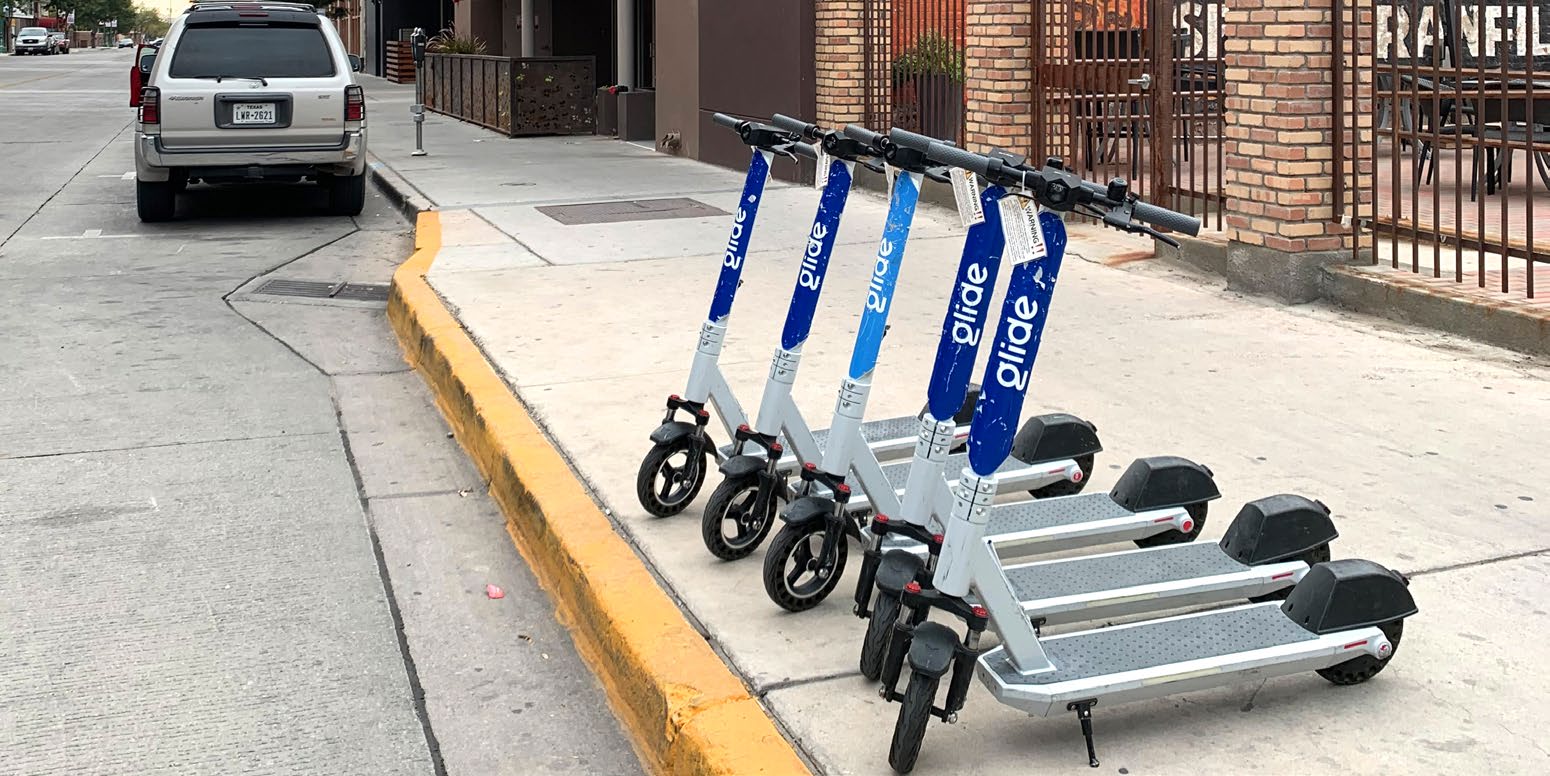Mobility: What you need to know
Gain access to the essential elements of urban life
Mobility is about access. Access to the things people need to live a healthy and rewarding life. Access to friends and relatives. Access to healthcare and other essential services. Access to work, shopping, entertainment, and recreation. Transportation is an element of mobility, but it’s not the totality of mobility. Instead, mobility is about having high-quality transportation options.


What defines High-quality transportation?
What makes transportation options “high quality”? Having just one transportation option isn’t conducive to mobility. If your only option is to drive but can’t afford a car, you don’t have mobility. If it takes too long to go to and from destinations in a community, you don’t have mobility. Safety is also a critical element of mobility. If it isn’t safe to walk, bike, drive, or take public transit, you don't have mobility.
Choice, time, affordability, and safety are all key components that define mobility. Is your city dropping the ball in any of these categories? If so, then you might not have mobility.

Mobility isn’t about academic concepts for keeping people moving. It’s about real-world partnerships between developers and city planners, assuring that streets can handle the introduction of increased traffic volume created by new development and assimilated into existing roadways.
Download our paper and discover the latest strategies developers are utilizing to successfully incorporate and promote mobility for residents and patrons in their communities. Unlocking this crucial information could be the key to ensuring a new development project doesn't undermine mobility.